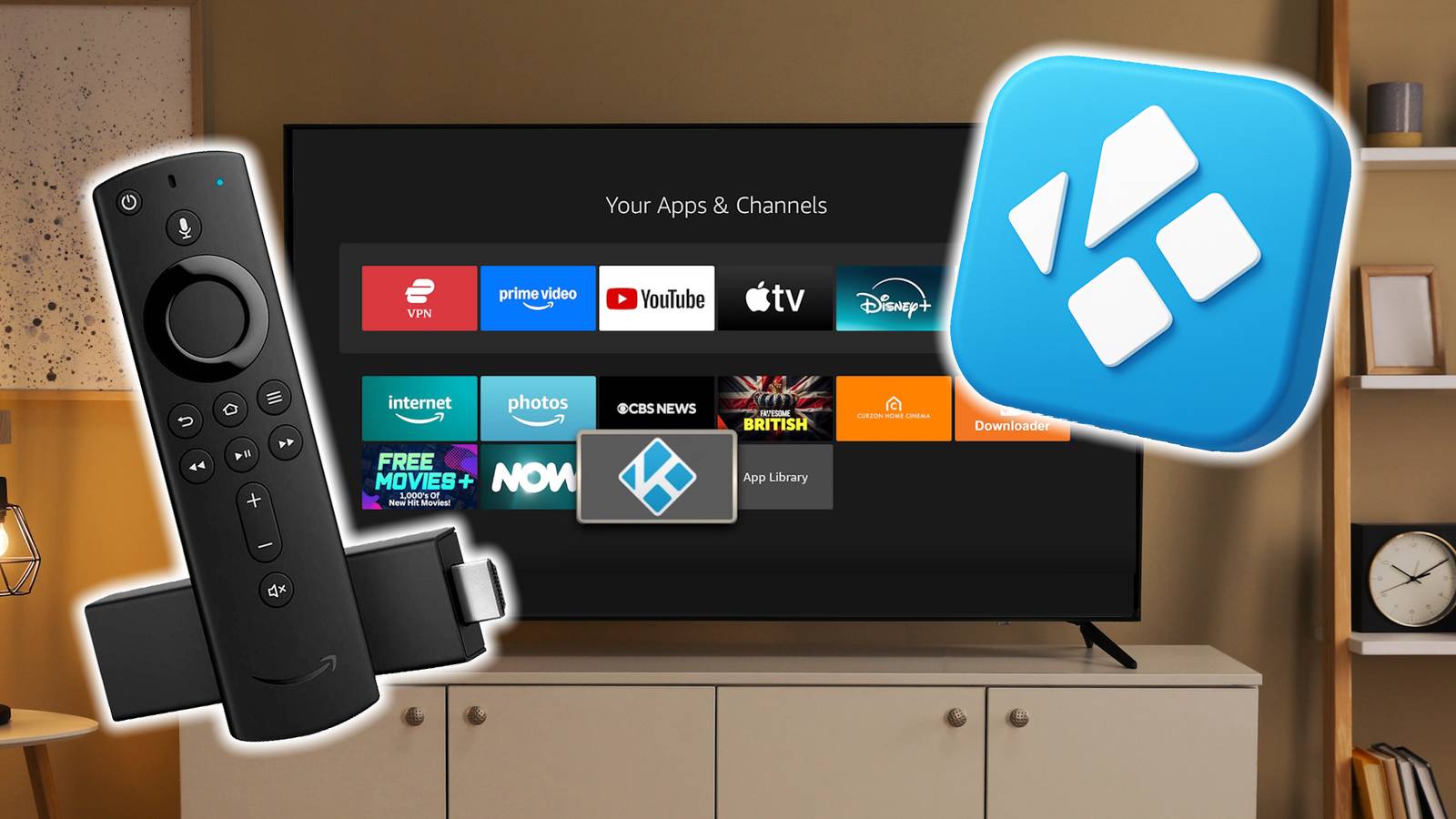At Wise (ex. TransferWise) we are working in
Strong teams revise their vision regularly as their product and their understanding of customer needs evolve. I’ve seen examples when teams narrowed, broadened or moved their vision. There have been even two examples when teams disbanded themselves after accomplishing their goals, which is a great sign of maturity and courage.
So how do you ensure your team’s efforts aren’t just visible, but valuable?
Start with why: defining team vision
Every autonomous team should begin with a vision. It’s not a one-time declaration but a living, evolving definition of why the team exists and how it contributes to broader company goals. For us, this principle wasn’t just theoretical, it guided everything from roadmap planning to disbanding teams that had fulfilled their mission.
A clear vision is not just aspirational, it must be shared and understood by everyone, from engineers to customer support agents. To that end, we used a simple three-step vision-setting exercise:
- Generation — Each team member independently writes down a one- or two-sentence version of the vision. At this step, there is no need for a group discussion, as different opinions can influence the formation of everyone’s vision.
- Decomposition — Combine the results into a document and break them into recurring themes or “atoms” (e.g., speed, trust, customer happiness), which are a pattern of the same or similar words and combinations that occur more than others. In some sense, they are logical “atoms” of your team vision. Split all the sentences from the previous step into these “atoms.” We used bright colors to mark different “atoms.”
- Synthesis — If you sort your new “atoms” by a frequency of appearance in team member’s statements, you will get the building blocks for the new team vision. You can compose the new team goal using the most frequent ones or use rare “atoms” to specify smaller sub-goals.
You can see below, how this process worked for our team:
The results can be illuminating as this simple exercise can help in multiple ways:
-
Improve the team’s vision. Two heads are better than one. The whole team’s view is the best perspective you can obtain. It’s fascinating how people see the same things from different angles. Some are more customer-focused, some care more about costs and scalability, and some think we should prevent incidents in product operations. Only by working together will you find a complete picture.
-
Align the team around the vision. Your team goals may seem obvious, especially if you state them on every second weekly plan. However, you may be surprised if you occasionally ask an engineer or customer support agent over lunch how they would phrase them. This exercise can help you understand if you all are on the same page.
-
Find the key properties of the product. These are the properties of your product that customers use to define quality and compare you with competitors. For example, for international money transfers, key features are country coverage, convenience, price, speed, and trustworthiness. You can see key product properties constantly emerging in your teammates’ vision statements. From my experience, customer support agents are especially good at defining them.
From Vision to Metrics
Once a vision is defined, the next step is measuring progress. This is where many teams, especially those focused on qualitative aspects like user experience, hit a wall.
A common pitfall is selecting metrics that feel symbolic but aren’t actually useful. If your KPIs don’t change when you launch a project, you’re either working on the wrong things or measuring the wrong ones.
For some teams, it’s harder to identify a good KPI than for others. It’s not because those teams are less mature than others; it’s that they are focusing on the parts of the product that are much harder to measure.
For example, you naturally measure the marketing team’s success in monthly new users or the anti-fraud team in fraud costs.
However, finding a good metric for a customer experience team is much more challenging. How would you measure customer experience?
You can’t manage what you can’t measure. That is why teams that fail to identify the right KPIs for their vision struggle to be successful.
Without a clear metric, it’s hard to prioritize projects and communicate your plans externally. Ultimately, staying inspired is hard when you don’t clearly see that you’re making an impact.
At Wise, we used a simple framework for validating metrics: they had to be Relevant, Actionable, and Simple.
1. Relevant: connected to the company vision and KPIs
Good metrics connect directly to your company’s strategic objectives. Otherwise, why would you focus on them at all? It is especially useful if a mathematical formula expresses this relationship.
For example, the number of new customers obtained from launching a new country in Wise can be directly connected (added) to the number of new users the whole company onboard monthly.
Teams should map their metrics to the company’s KPIs using logical or mathematical connections. Take this example:
- Turnover = Number of Transactions × Average Transaction Value
- Transactions = Active Customers × Transaction Frequency
- Active Customers ~ New Customers – Churned Customers
The above could serve as a relevant metric depending on your team’s role. Launching a new market? Track additional new customers. Improving payment experience? Focus on transaction success rate or payment speed.
2. Actionable: actually allows to measure team impact
Teams sometimes select a symbolic KPI that is logically connected to their projects, but tracking the effect using it is impossible. Common pitfalls here are selecting metrics that are impacted by many teams, not sensitive metrics, and metrics that change over time without a team effort.
We learned this the hard way. We had initially used a card acceptance rate as a KPI for the payment methods team, but for a while, we have focused on projects that do not directly impact the acceptance rate.
This has caused confusion and questions from other people in the company, so we eventually removed the acceptance rate from the list of our KPIs and communicated why we are not focusing on it now.
When a metric doesn’t change despite active work, it’s often a sign of misalignment, you either do the wrong things or you select wrong metrics. Choose KPIs that are sensitive to your team’s efforts.
3. Simple: easy to explain and grasp
KPIs are the main tool for a team’s internal and external communications. That’s why it’s crucial for them to be 100% clear to the team itself and the whole company. You don’t want to end up saying things like: “We are going to increase “x” 25% in next quarter”.
If your team can’t explain the KPI in one sentence — and how it links to company goals — it’s mostly you who is in trouble. Complex, jargon-laden metrics make internal communication harder and external reporting nearly impossible.
Best metrics like cost per acquisition, support cases per transaction, or conversion rate from signup to transaction are based on common sense and need no explanation, thus they are perfect.
If you need to introduce specialized metrics (like LTV or CSAT), define them clearly and explain what they mean and how they’re calculated. Don’t assume shared understanding, over-communicate.
Relevant, actionable, simple criteria help me verify good metrics. I hope they will help you find only the best KPIs as well.
Connecting the dots: why it all matters
Why does this rigorous approach to vision and measurement matter? Teams without clear goals or useful metrics are prone to drift. They may be doing great work, but no one—inside or outside the team—can say for sure if it’s making a difference.
This is demotivating. It also makes it difficult to set priorities, justify resources, or report results. In contrast, teams that understand their purpose and measure their impact are more cohesive, autonomous, and effective.
And sometimes, they achieve their vision, a rare but powerful demonstration of maturity.
So whether you’re leading a product, design, or engineering team, take the time to revisit your vision and carefully analyze your metrics. Are they relevant? Are they actionable? Are they simple?
Because the best teams don’t just dothings — they know why they’re doing themand how to measure whether they’re working.












